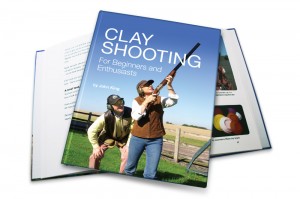 This is the second part of our reviews of products from John King Coaching – we covered off the impressive Clay Shooting from Scratch DVD last week – it is worth noting up front, that the Book and DVD are available individually, or as a pair from the John King Coaching website with a saving of just about £10.
This is the second part of our reviews of products from John King Coaching – we covered off the impressive Clay Shooting from Scratch DVD last week – it is worth noting up front, that the Book and DVD are available individually, or as a pair from the John King Coaching website with a saving of just about £10.
As we said before – John has extensive experience in shooting and coaching, and with nearly 30,000 pupils under his belt – this book is backed with wisdom and authority.
Clay Shooting for Beginners and Enthusiasts is a really nicely presented hardback book – over 120 pages, with a nice typeface, colour (and black and white) pictures – it is well bound and really easy to read. You can browse some pages of the book online at John’s site to get a feel for the layout and quality of the photography that supports the lessons.
The book is designed to take the reader on a journey through six naturally progressive lessons – and John writes as if you are actually being taught the lesson 1:1 – absolutely you can picture yourself taking this book out onto the Shooting Ground and reading it with your gun next to you and working through the exercises – obviously, that is not the most practical arrangement so the style helps you make that mental leap.
After a foreword from Richard Rawlingson – the first lesson is entitled ‘Equipment and The Method’, helping you through the essentials of handling a gun safely and the safety equipment required to start shooting and some theory behind the CPSA ‘method’ for coaching shooting. The ‘lesson’ then takes you through a single left-to-right target and the a single ‘driven’ clay. John touches on eye dominance and follow through to finish out your first lesson.
The overall style is really easy to read – very conversational – and illustrated with good photo plates and diagrams where appropriate – this easy style and good reading continues through the subsequent chapters.
Lesson Two is titled ‘Extending the Challenge’ looking at lead pictures for longer range birds, double targets and some of the mental preparation required.
Lesson Three focuses on gun mount, and technique for developing the left-hand more (I studied this hard, seems to be a gap for me), and also talks about some of the targets that are commonly shot.
Lessons Four, Five and Six focus on specific targets that a shooter will encounter on an English Sporting course – Overhead Targets, Bolting Rabbits and the Going Away – then the Springing Teal, the Dropping Clay and my personal nemesis, the Looper. Finally he covers the pair combinations – with some great advice about shot selection – including diagrams that will help set you up for those particular pairs.
The final two chapters of the book focus on other shooting disciplines, with some history – and a nice chapter to finish the book on enjoying your Clay Shooting where John talks about entering competitions and owning your own gun.
Overall I really enjoyed this book – it’s very easy to read, and slightly less intense than the previous Chris Batha book we reviewed. If I had one criticism, it’s that it jumps in and out of technique and then more general information about shooting as a sport – that might be intentional to take the reader on the journey – and some people may prefer that approach – as a reference book it might be easier to go back and look at a specific article about traps or mental preparation if they were grouped together in more general chapters.
That said – I’d highly recommend this book – for beginners and more experienced shots alike it provides a great combination of style and content.
I’d also recommend this as a companion to the DVD that John has produced – although the chapters are not categorically in the same order, the style of teaching is identical – Johns wisdom and enthusiasm shine through and together these two would provide a great introduction to Clay Shooting and a great reference set for more experienced shots.

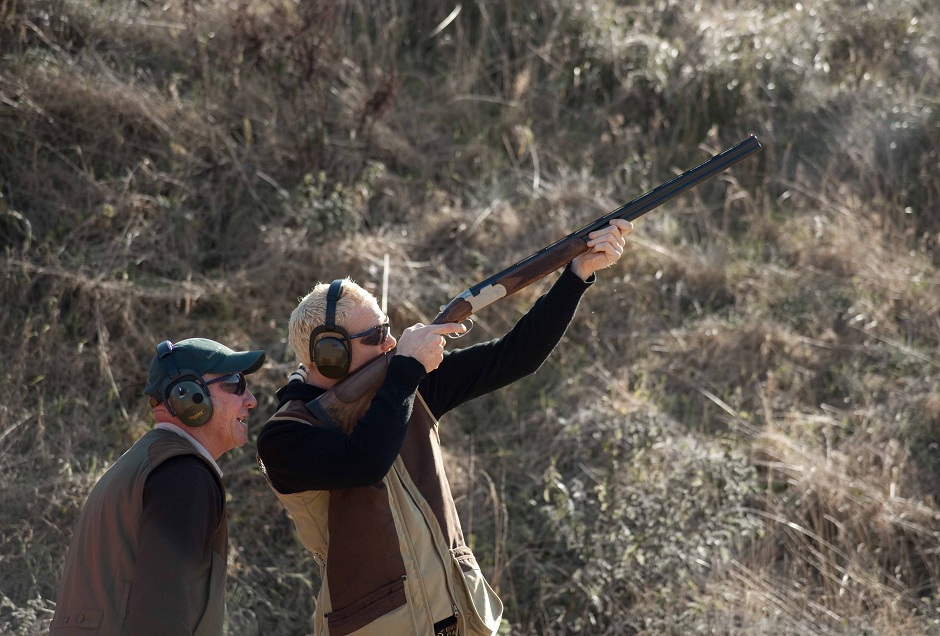
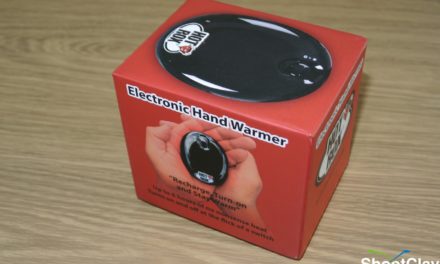
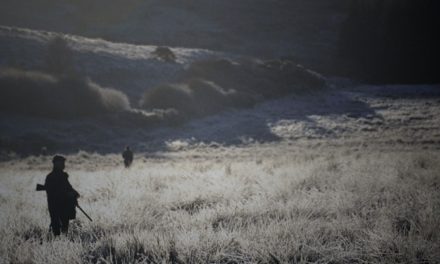
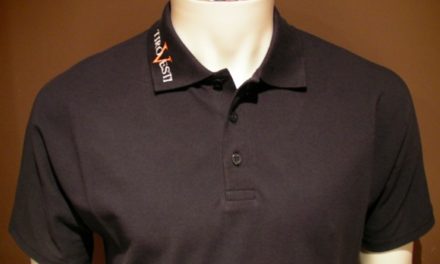
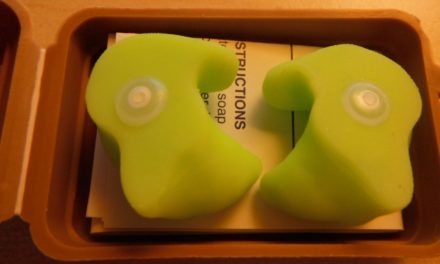
Greetings, i’m an italian shooter clay.
I’d like to know if there’s some of your books or DVDs about sposrting shooting school in italian.
Thanking you in advance for your help in this matter, I look forward to your reply.
Stefano.
We’ll ask around and see if we can find something useful for you…